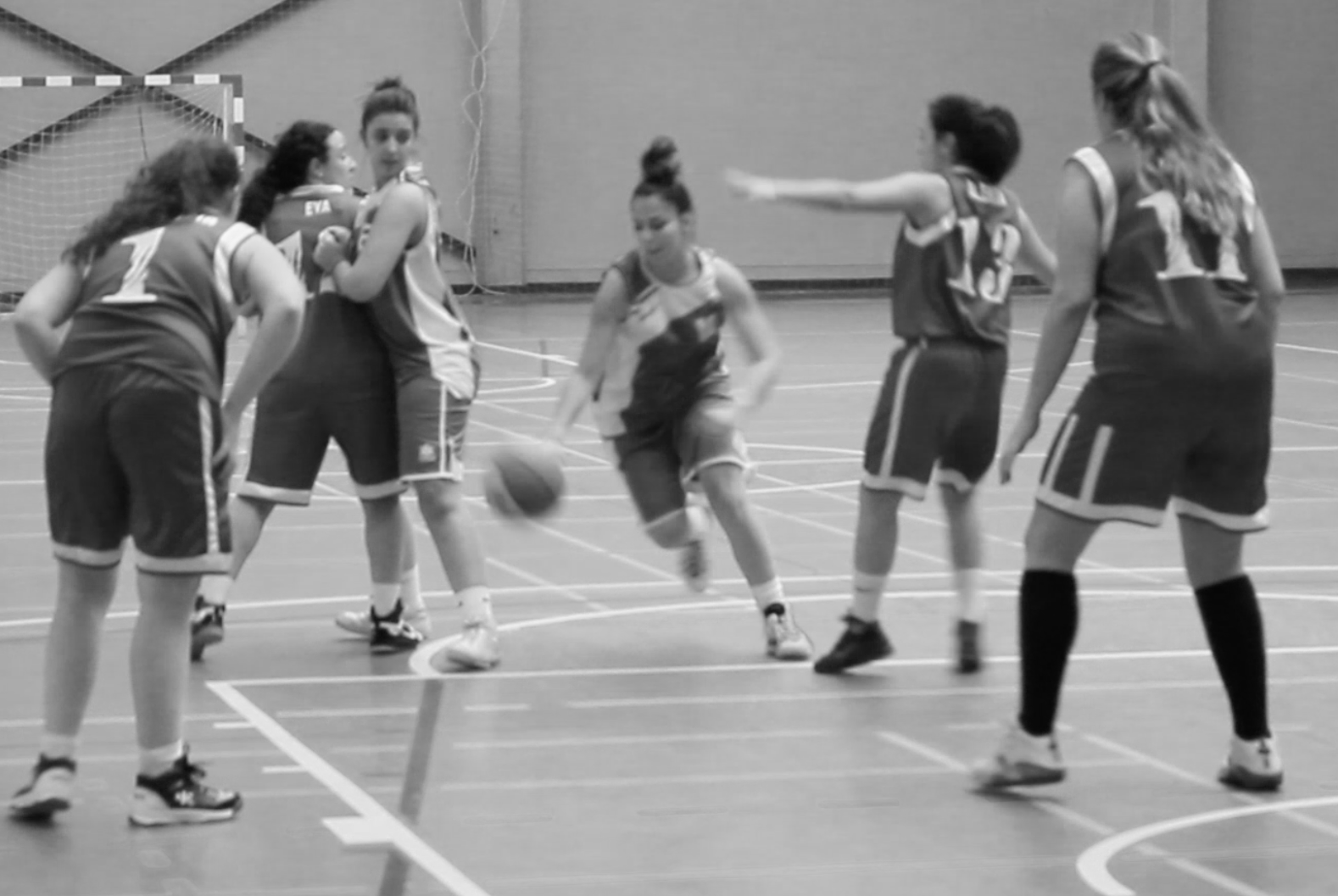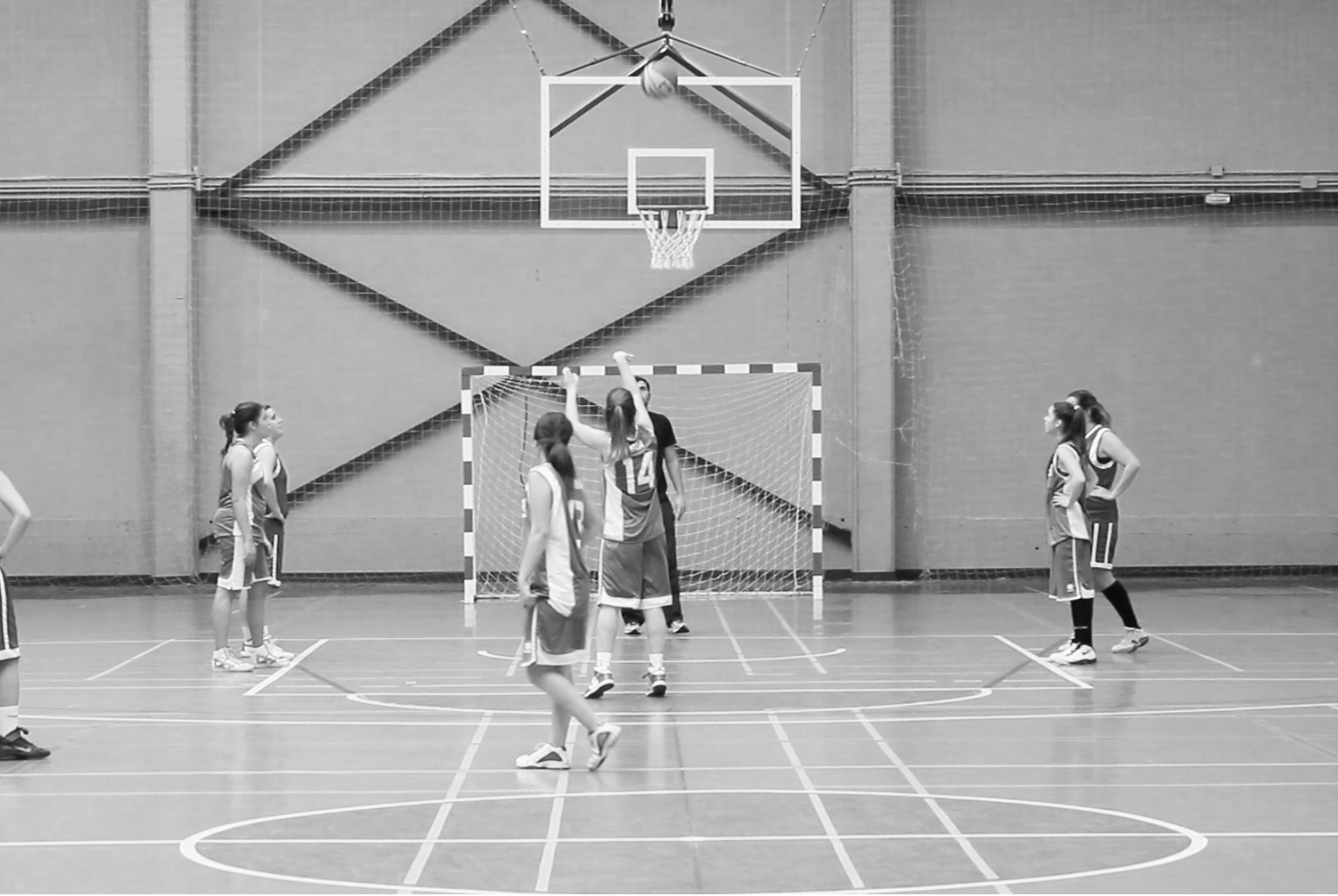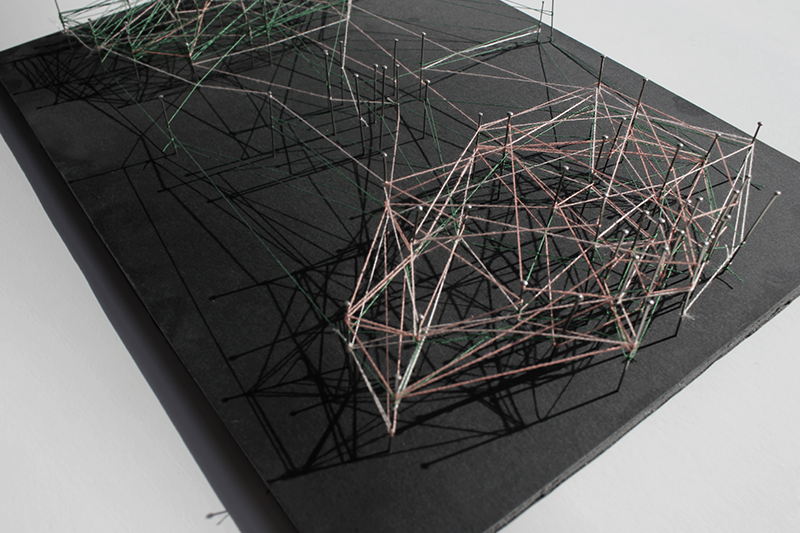Dos Juegos represents an innovative approach to the analysis and study of sports performance in team sports.
What is its purpose?
Dos Juegos is a project aimed at amateur basketball teams and individuals who want to improve their game. The main goal is to help teams win by changing the way they perceive the game. By analyzing each player's strengths and weaknesses, Dos Juegos can enhance overall team performance.
Through Dos Juegos, teams can gain a deeper understanding of how each player's intervention affects the game, revealing patterns and behaviors that can be further analyzed and improved upon. The project provides a valuable tool that allows teams to identify successful and unsuccessful plays, enabling them to learn and improve their game.


3D trajectories
This is a demonstration of sports trajectories in a three-dimensional format. It could refer to a visual representation of the movement patterns of athletes during a game or training session, which has been created using 3D technology.
This type of demonstration could be used to provide a more immersive and detailed understanding of the movements and actions of individual players or the team as a whole. It could also be a useful tool for coaches and players to analyze and improve performance.

Derecu Getafe Ball APC Fuencarral
Context
Over the past few years, there have been significant technological developments that have revolutionized the way sports events are tracked and analyzed. This has led to a high degree of reliability in the physical tracking of sports events, which was previously not possible.
In the case of basketball, the NBA has been at the forefront of adopting these technologies. Since 2010, the league has been using SportVU software, which uses wide-angle lenses to capture footage of the game from different angles. The cameras are placed all over the court, allowing for the positions of each player and the ball to be tracked in real-time.
Basketball is a sport that is characterized by its dynamism and activity. Players are constantly moving, and there is a limited time frame for each ball possession (24 seconds), resulting in an average of 150 plays per game. This poses a significant challenge for players, who may not have an objective and collective understanding of how the game is being played.

The pre-match mockup created involved using needles and thread to represent the expected results of tracking the players in a basketball game. This physical representation helped them plan and visualize how the data would be displayed in their final digital infographic.
Process
The project began with inspiration from Espada y Santa Cruz's work on tracking the trajectory of a tennis ball in Corona Perspectives. Dos Juegos conducted various tests and research on representations, mapping, tracking, and SportUV research to develop their approach. They created a mockup using needles and thread to represent the expected result of player tracking in a basketball game.
After laying down their ideas, Dos Juegos decided to create a digital infographic to represent the results of a basketball game.
To gather the necessary data for the infographic, they recorded a women’s senior basketball match using a combination of cameras, including two Canon 7D, one Canon 5D, one camera 550D, and a GoPro2. They then analyzed the footage to track the players' trajectories and gather analytical data, such as the total number of shots, points, and personal fouls. Additionally, the physical performance of the players was monitored using Fitbit bracelets.
The resulting data provided valuable insights into player performance and team strategies that Dos Juegos used to develop the digital infographic in an attractive and easy-to-understand visual format.
The gathered data includes the scores of points, shots, and fouls by quarter and for the whole game, as well as the visual trajectory of individual players. Additionally, the comparative trajectories of two players in different positions (forward and center) were analyzed for activity performance, such as distance traveled, steps taken, calories burned, and playing time.